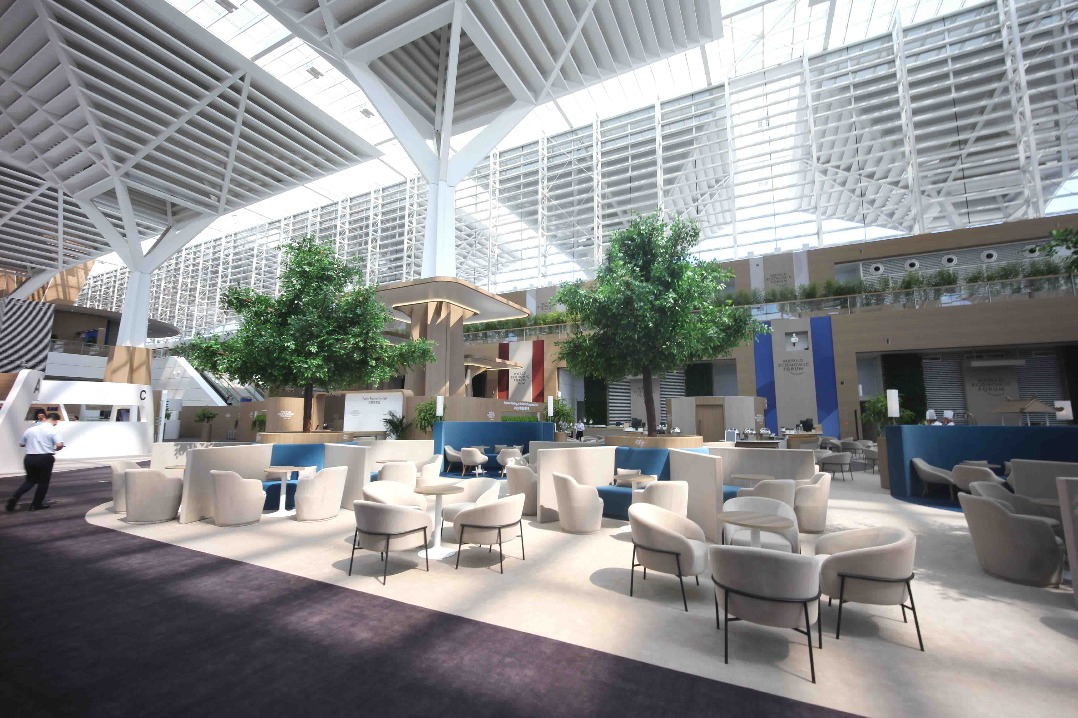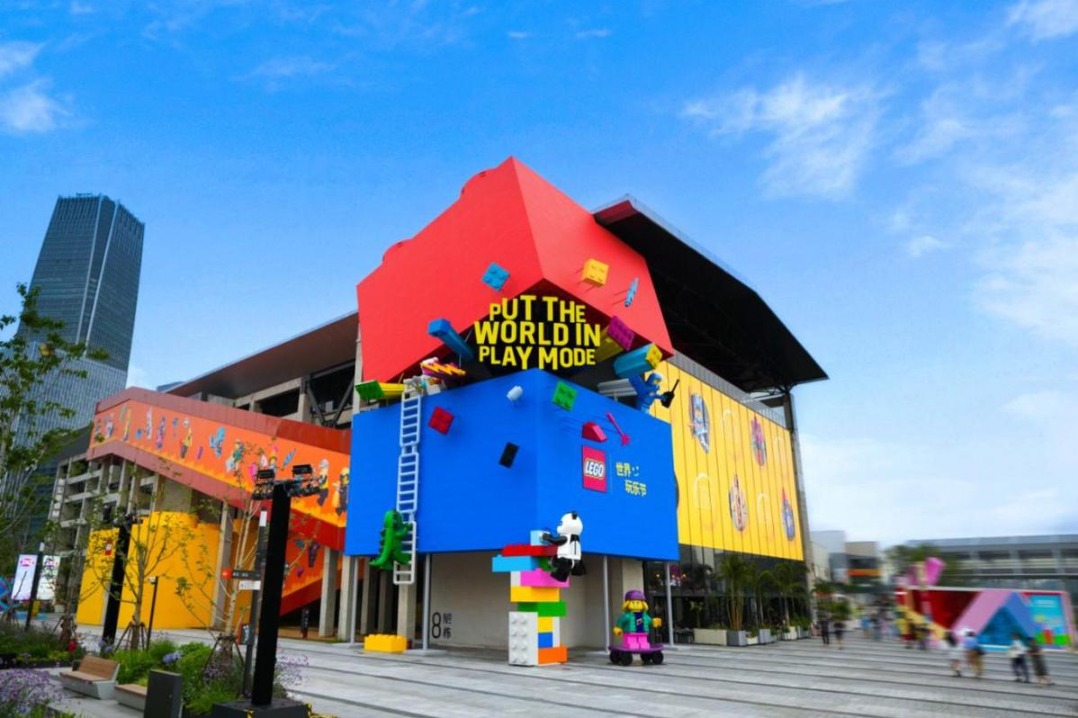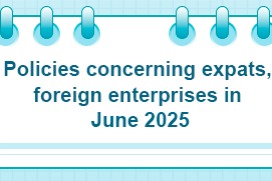Landmark projects harvest

Chinese President Xi Jinping first proposed building the Silk Road Economic Belt and the 21st Century Maritime Silk Road in 2013. Looking back at 2016, we can see the bid to reinvigorate the ancient trade routes has gained some early achievements in promoting connectivity and new opportunities.
"If we say 2013 was the year of proposal, 2014 was the year of the guideline, 2015 the year of the top-level design, then 2016 was the year of implementing the first landmark projects of the Belt and Road Initiative," said Zhao Lei, a professor at China's Central Party School.
The trains that run between China and Europe are a good example of these early achievements. By June 2016, trains had run nearly 2,000 times between China and Europe, transporting goods with a total import and export value of $17 billion.
Other major projects include Gwadar Port in Pakistan the Qamchiq Tunnel in Uzbekistan, the longest tunnel in Central Asia and part of what will be the 169-kilometer Angren-Pap railway line.
And in October 2016, the contract for the second phase of the China-Laos railway project was signed in the Laos capital Vientiane.
The ground-breaking ceremony for the Jakarta-Bandung high-speed railway was held on Jan 21 last year.
The Belt and Road Initiative not only represents China's further opening-up, but also greater regional and intercontinental connectivity.
On Aug 10, 2016, Chinese shipping giant COSCO acquired a 67 percent stake in the port of Piraeus in Greece, which is expected to operate as a European hub for the 21st Century Maritime Silk Road, and connect it with the Silk Road Economic Belt.
In Africa, the Chinese-built Ethiopia-Djibouti railway has officially opened.
But such infrastructure projects are not the only focus.
"Previously, most of the Belt and Road projects were in areas such as energy and infrastructure. But in 2016, cooperation between China and those countries along the routes has expanded into education, culture, medical care and telecommunications," said Zhao.
If the "hard connection" of the Belt and Road draws countries geographically closer, then the "soft connection" brings people together.
Till now, over 100 countries and international organizations have expressed willingness to actively support and participate in the Belt and Road Initiative, 40 of them have signed cooperation deals with China.
In 2017, a Belt and Road summit will be held to further map out a blueprint for the initiative, explore business opportunities and deepen the alignment of the development strategies of China and other relevant parties.
On June 22 last year, during a speech at the Legislative Chamber of the Uzbek Supreme Assembly in Tashkent, Xi called for building a green, healthy, intelligent and peaceful Silk Road, which laid out the direction of the initiative.
According to Huang Rihan, executive director of the Belt and Road Institute at the Center for China and Globalization, a green Silk Road urges environmental protection and intensive cultivation for sustained development.
A healthy Silk Road means closer and friendly cooperation. An intelligent Silk Road calls for people cultivation and exchanges. A peaceful Silk Road aims at implementing a common, comprehensive, cooperative and sustainable security concept.
While addressing the Uzbek Parliament, Xi invited other countries to attend the 2017 Belt and Road Summit. The summit will not only look back at the fruitful harvest made so far, but also set a new starting point for the future.
"The Belt and Road Initiative is not a flash in the pan, nor is it mere words," said Zhao. "China wants to go deep with the initiative and turn it into real benefits."
"The agreement reached in November by the UN General Assembly to further promote the Belt and Road Initiative worldwide shows that its construction involves not just China, but also countries along the routes and the world at large," said Wang Yiwei, a professor at Renmin University of China.




































